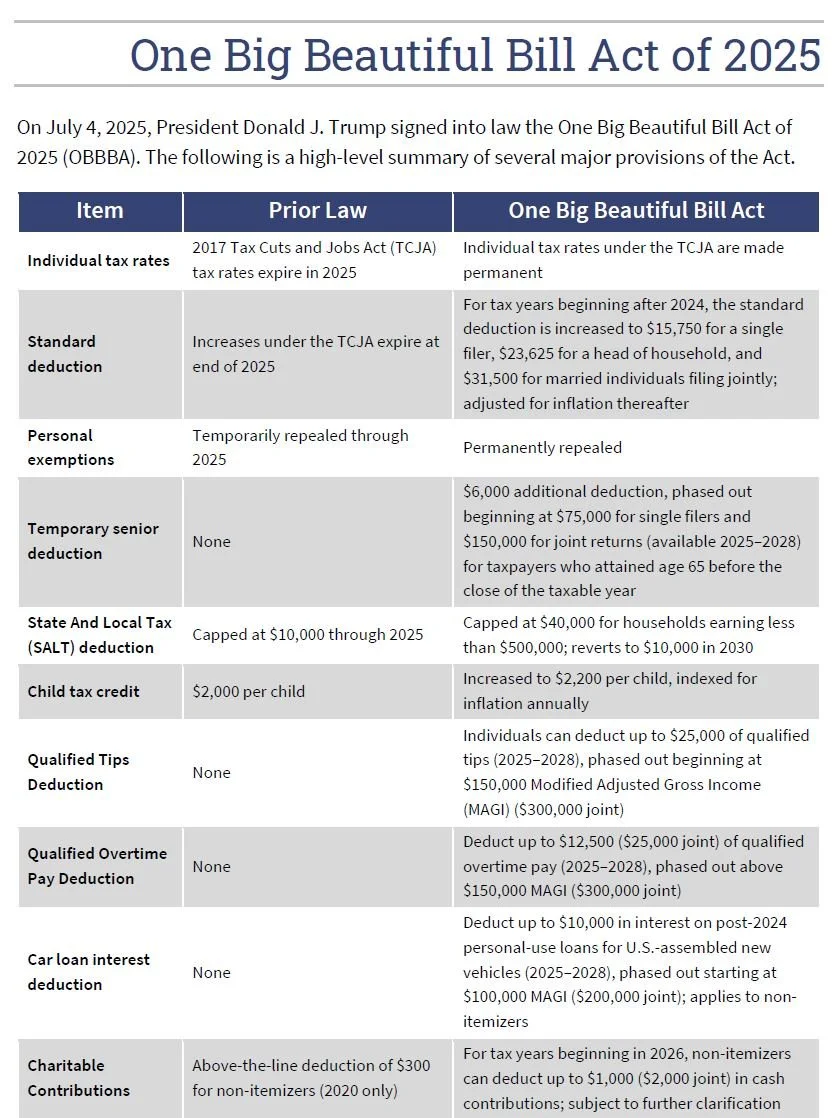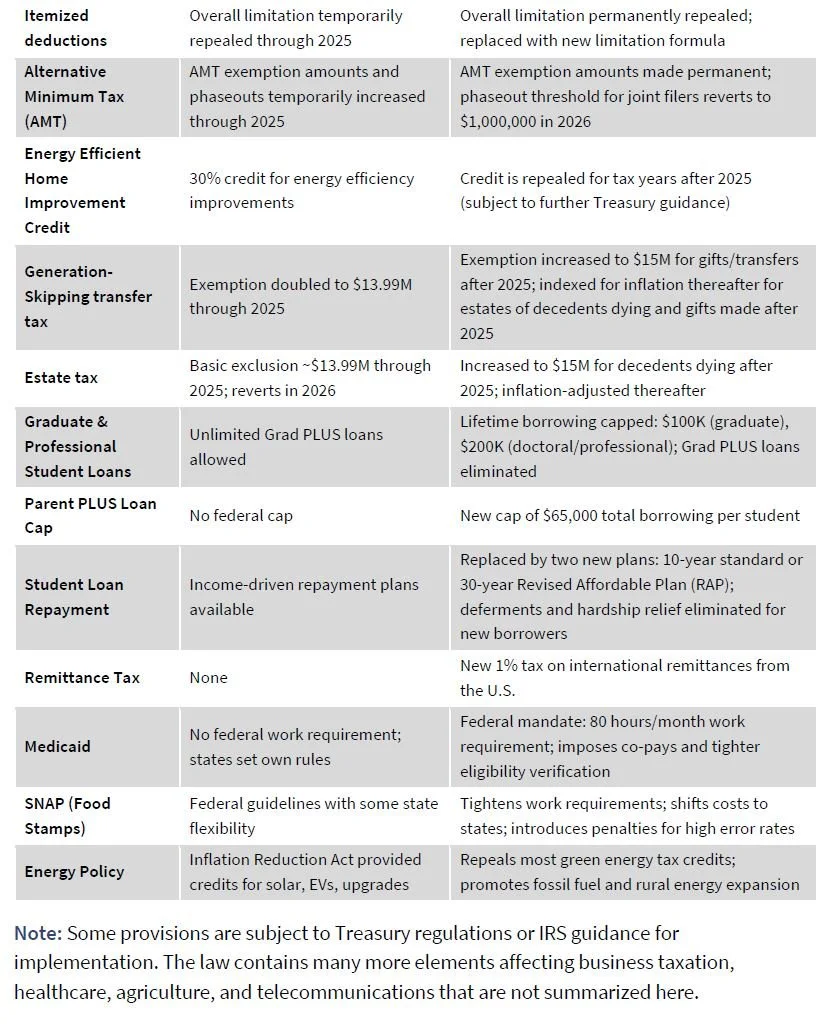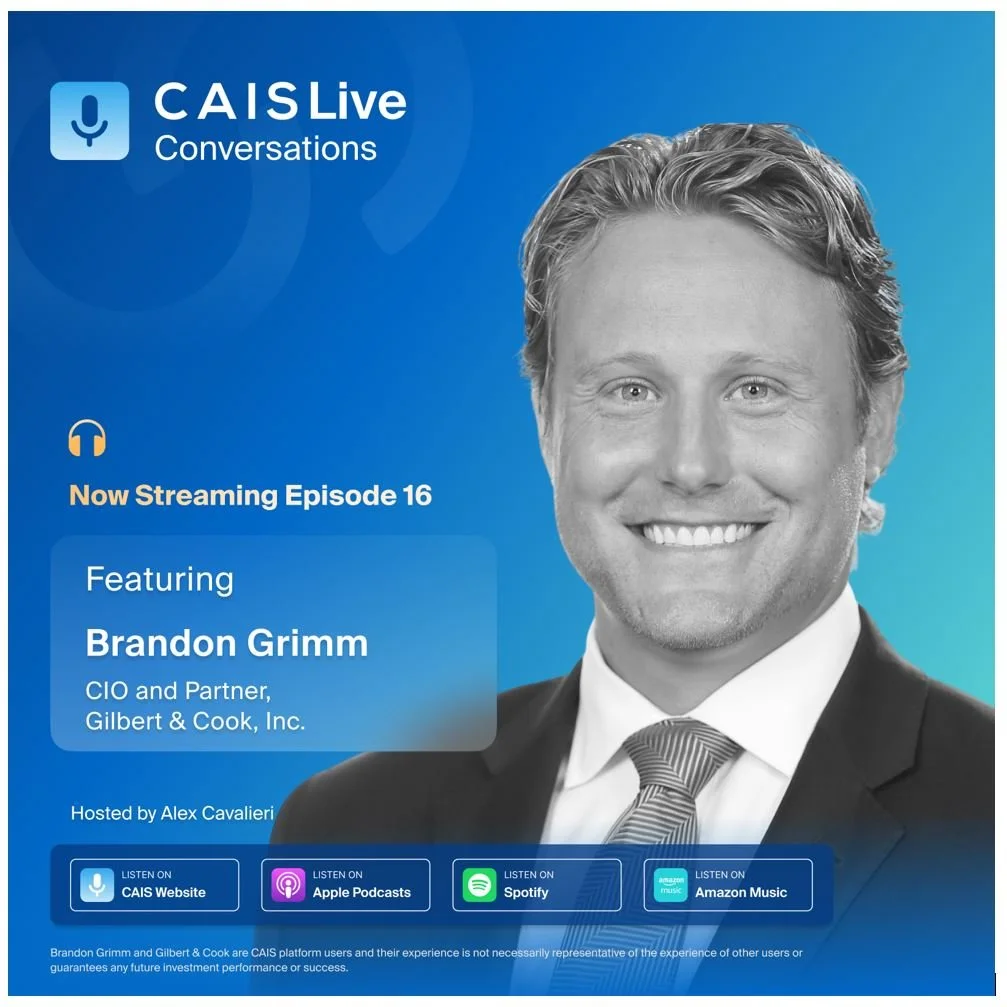New Year Financial Housekeeping Checklist
/New Year Financial Housekeeping Checklist
A fresh start for your financial life — and a foundation for Living a Life of Abundance®.
As 2025 comes to a close, it’s a good time to reflect and take inventory of the important things in your life. The New Year provides a natural reset — a moment to pause, reflect, and ensure your financial life is aligned with your goals, your family, and your vision for the future. Just like tidying your home or re-organizing your calendar; reviewing your financial picture each year helps prevent costly mistakes, uncover new opportunities, and give you continued clarity and confidence over your financial situation.
Below is a comprehensive Financial Housekeeping Checklist, with which outlines practical and high-impact steps to start the new year off on the right foot.
1. Review Beneficiary Designations
Beneficiary designations are often overlooked, yet they have enormous legal power — they override your will. Life changes such as marriage, divorce, remarriage, births, deaths, or shifting family dynamics can leave outdated designations in place without anyone realizing it.
· Many families discover that listed beneficiaries are deceased or no longer appropriate due to life changes.
· Beneficiary forms override wills. Confirm they match your current wishes.
Annual action: Review beneficiaries on retirement accounts, life insurance, annuities, pensions, HSAs, and employer plans.
2. Confirm Adequate Life & Disability Insurance Coverage
You can’t build an abundant financial life without protecting it first.
Life Insurance
Rules of thumb can be imperfect, but as noted in your presentation, if you have 10–20 years left in your career and a family relying on your income, evaluate whether you have at least 10–20× your annual salary in coverage.
Disability Insurance
Disability coverage often goes overlooked — yet it protects your most valuable asset: your income.
Ensure your policy is own-occupation, not any-occupation, so you’re protected if you cannot perform your specific profession.
Aim to replace 60–70% of income, especially for professionals, specialists, and high earners.
3. Update Estate Planning Documents & Key Decision-Makers
Your estate plan is a living set of instructions—and it should evolve as your life, relationships, and financial picture change. The end of each year is an ideal moment to pause and ensure your documents still reflect your wishes. Consider reviewing wills and trusts annually or after major life events to ensure alignment with current tax laws. Many families discover that individuals named years ago—such as aging parents, former spouses, or friends who have had major life changes—may no longer be the best fit to handle important responsibilities. These roles carry significant authority, especially your financial and healthcare POAs, who may need to act quickly on your behalf. Choosing someone who is capable, available, and aligned with your values is essential.
Annual Action:
Review your will, trusts, POAs, medical directives, guardianship decisions
Verify that all individuals named are still appropriate, willing, and able
Confirm your documents still reflect your wishes and today’s tax landscape
4. Maximize Retirement Contributions
Retirement savings are one of the most powerful long-term wealth-building tools available, and the beginning of a new year is the perfect time to review your contribution strategy. Your first priority should always be to capture the full employer match in your retirement plan—it’s one of the few sources of “free money” available in financial planning. From there, work toward maximizing contributions across pre-tax, Roth, or a blended strategy depending on your current and future tax expectations.
Key Opportunities:
Maximize 401(k), 403(b), or IRA contributions
Utilize Backdoor Roth IRAs if income exceeds limits
Leverage catch-up contributions for those age 50+
Annual action: Review the insurance coverage for your family situation. Also consider maximizing HSA contributions if eligible — HSAs offer triple tax advantages and can serve as a powerful retirement and healthcare tool.
5. Review and Rebalance Investment Allocation
Markets change, and your portfolio should be reevaluated at least annually. Speak with Advisor to ensure that your diversified portfolio aligns with your long-term liquidity and risk profile.
Annual action:
Review overall allocation
Compare to your time horizon and risk tolerance
Evaluate concentration risk
Review performance in relation to your financial plan
Explore alternative or private investments if appropriate
6. Strengthen Tax Efficiency & Charitable Giving Strategy
A New Year is an excellent time to:
Coordinate with your CPA and advisor on tax-efficient withdrawal and gifting strategies
Explore Roth conversions, especially in low-income years
Use donor-advised funds for long-term charitable planning
Review opportunities for tax-loss harvesting (if applicable)
Tax planning is increasingly strategic for high-income earners — small adjustments today can have generational impact.
7. Protect Your Assets: Umbrella, Malpractice & Liability Coverage
Business Owners, professionals, and affluent families face unique liability exposure. Protecting the assets that you’re building” is essential as wealth grows.
Annual action:
Review home/auto policies for sufficient liability limits
Update umbrella coverage (often $2M–$10M+ for high-net-worth households)
Confirm malpractice, E&O, or business liability coverage is appropriate
8. Review and Secure Digital Assets & Passwords
Cybersecurity is now a core pillar of your financial and personal protection. Weak passwords—such as using names, birthdays, or simple character combinations—remain one of the most common entry points for fraudsters. Additionally, digital estate planning is no longer optional. Ensuring that a trusted individual can securely access necessary accounts, documents, and instructions in the event of an emergency protects your family and helps avoid delays or complications in managing your financial affairs.
Annual action:
Update your password manager and create strong, unique credentials for every account
Strengthen key financial logins
Store digital instructions with your estate documents
Ensure your trusted contact person knows how to access critical information
9. Reassess Cash Flow, Budgeting & Liquidity Needs
As your lifestyle evolves, so do your spending and saving patterns. Year after year, households may find “hidden inefficiencies” when reviewing spending, which can be redirected to long-term goals.
Annual action:
Household spending
Savings rates
Upcoming major expenses (college, home projects, business investments)
Appropriate emergency fund levels
High-income households often find “hidden inefficiencies” when reviewing spending, which can be redirected to long-term goals.
10. Schedule Your Annual Review with Your Advisory Team
Financial success doesn’t happen by accident — it’s built intentionally. Meet with your advisory team (Financial Advisor, CPA, Estate Attorney, Insurance Specialist) early in the new year to:
Identify risks or blind spots
Prioritize upcoming planning opportunities
Adjust your strategy for economic or tax law changes
Ensure your plan reflects your goals for the next 12–36 months
At Gilbert & Cook, these annual conversations are the foundation for clarity, confidence, and a true Life of Abundance®.
Closing Thought: Build Your Year with Intention
An abundant life is built on being proactive, not reactive. This New Year is an opportunity to create alignment—between your goals, your resources, your family, and your future.




















